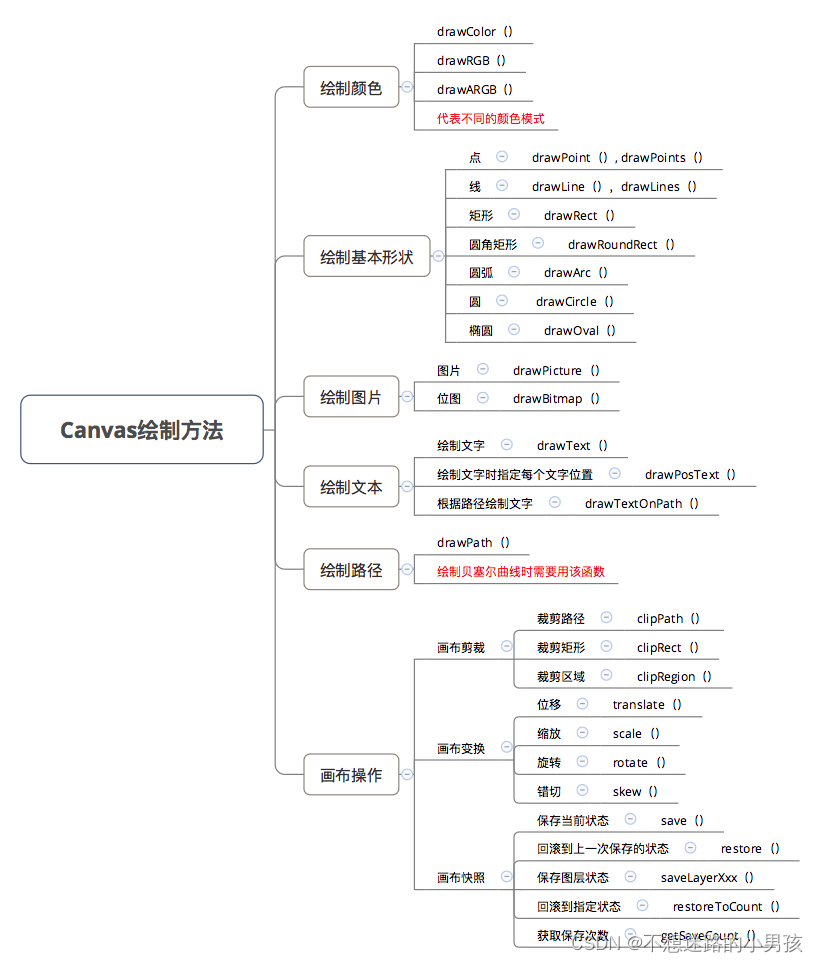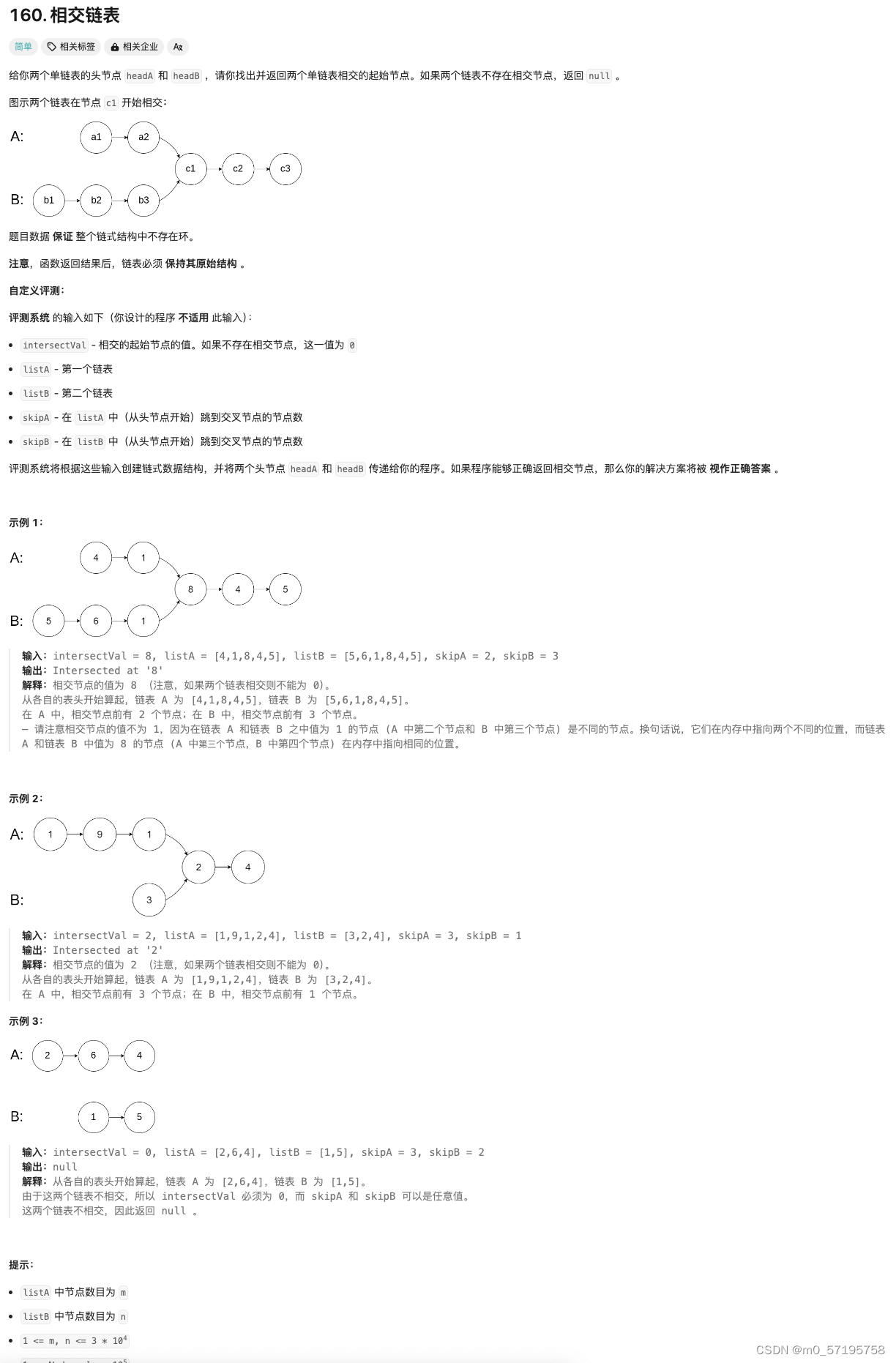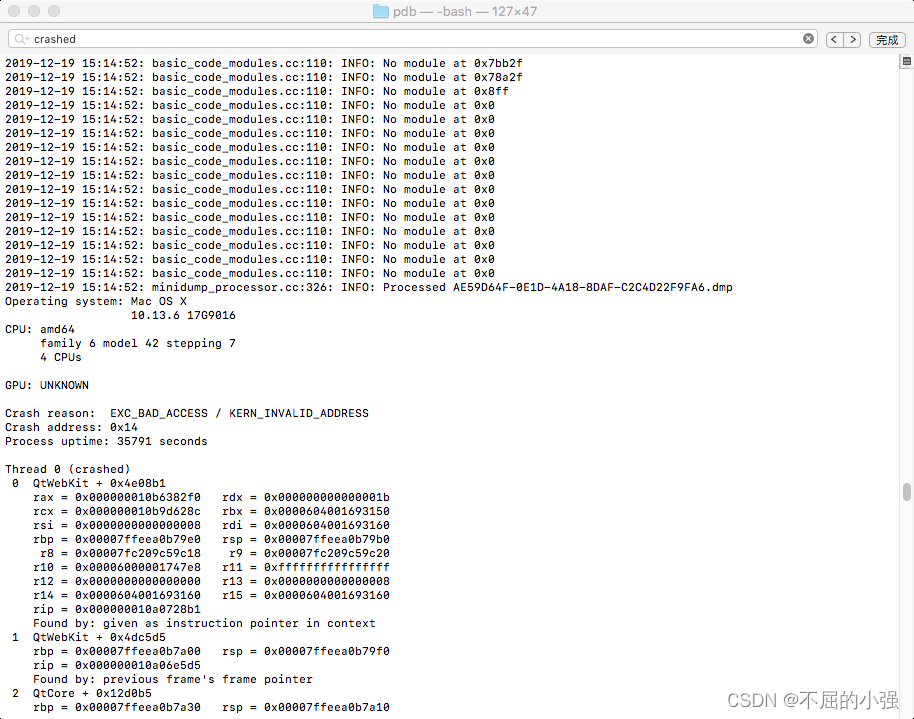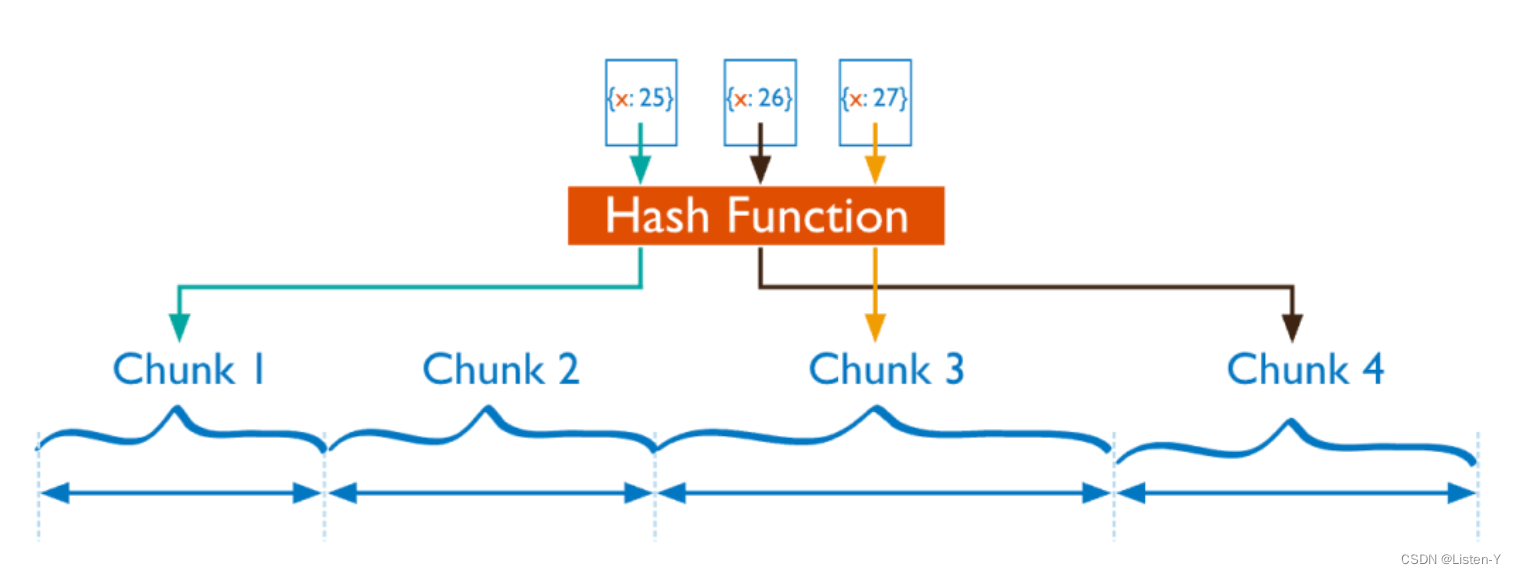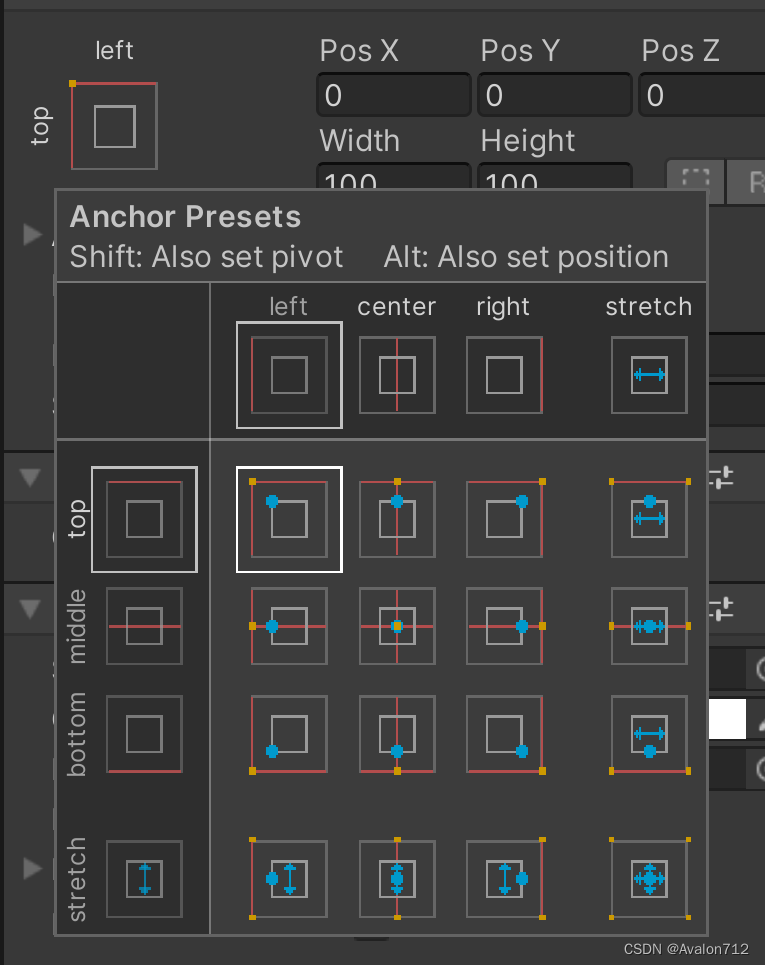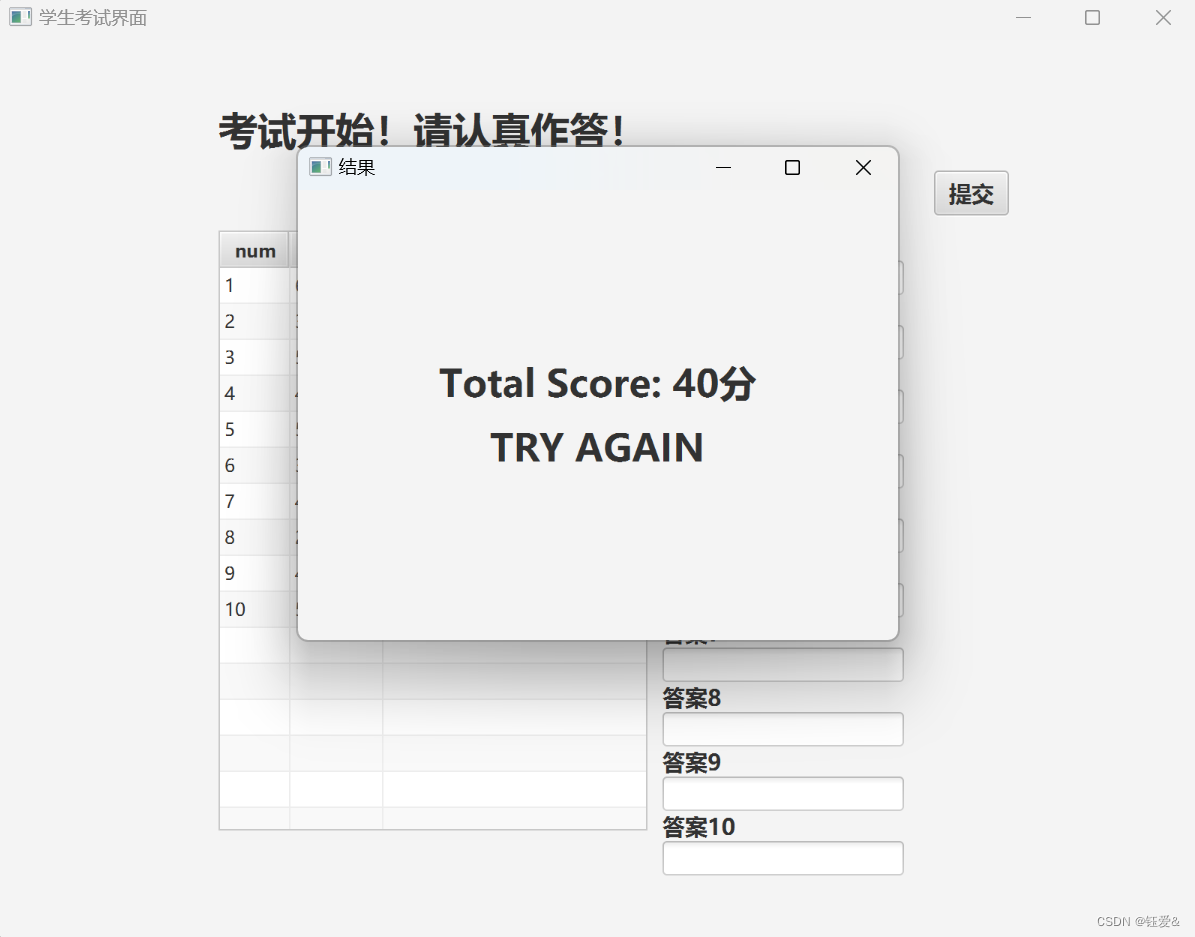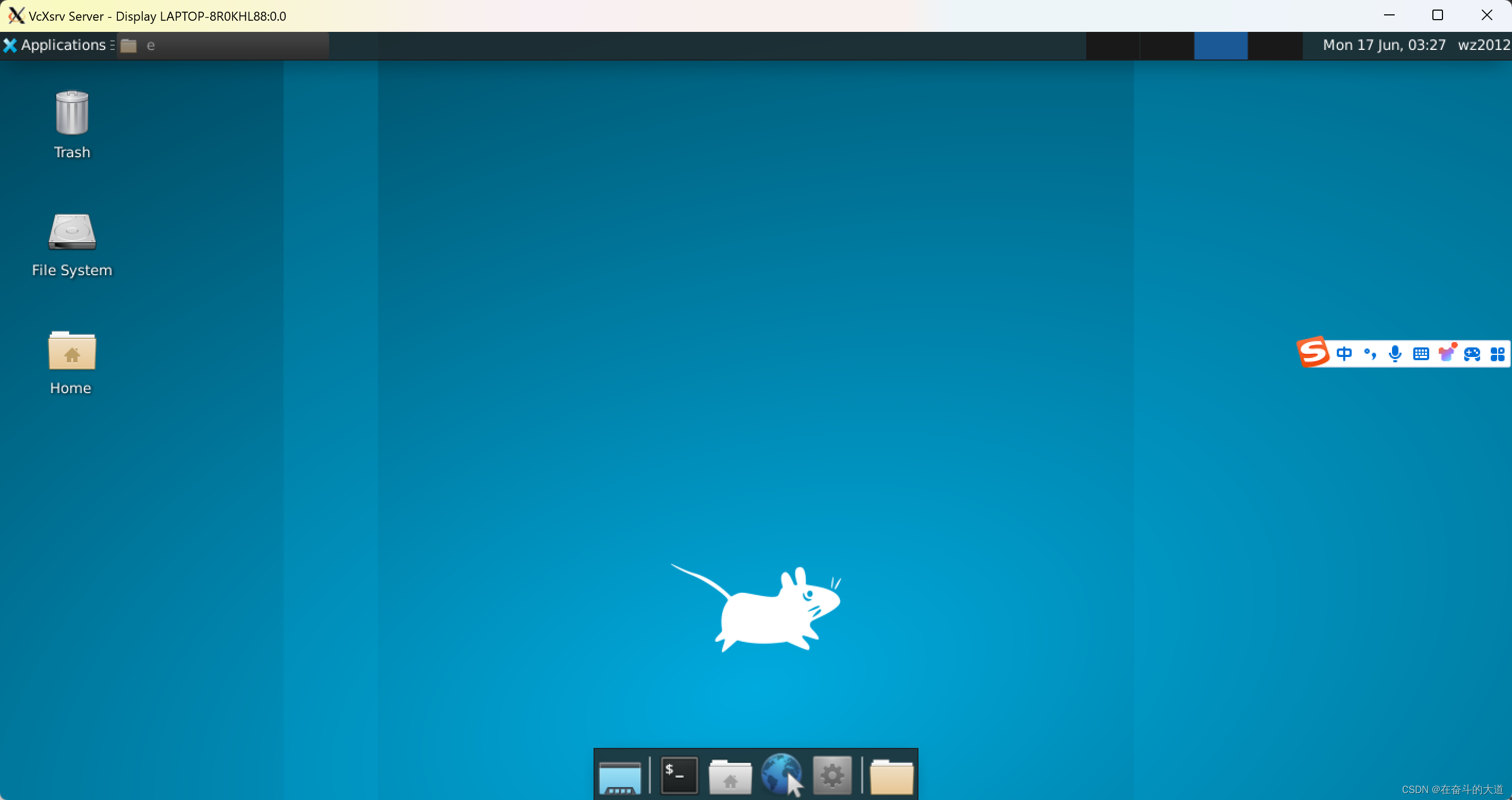初始化一个RN项目以后,接下来想要让Android与React Native通信
写一个继承自ReactContextBaseJavaModule类的子类,重写getName方法
package com.awesomeproject
import android.util.Log
import android.widget.Toast
import com.facebook.react.bridge.Arguments
import com.facebook.react.bridge.ReactApplicationContext
import com.facebook.react.bridge.ReactContextBaseJavaModule
import com.facebook.react.bridge.ReactMethod
import com.facebook.react.modules.core.DeviceEventManagerModule
class CustomModule(reactContext: ReactApplicationContext?) :
ReactContextBaseJavaModule(reactContext) {
companion object {
const val TAG = "CustomModule"
}
/**
* 返回注册module的名字
*/
override fun getName(): String {
return "CustomModule"
}
@ReactMethod
fun sendEvent(name: String?, msg: String?) {
if (name != null && msg != null) {
Toast.makeText(
reactApplicationContext,
"the name is $name: the msg is $msg",
Toast.LENGTH_SHORT
).show()
}
}
@ReactMethod
fun sendMessageToReactNative(msg: String?) {
val params = Arguments.createMap()
Log.i(TAG, "msg is $msg")
params.putString("name", msg)
// 传递给js端参数
reactApplicationContext.getJSModule(DeviceEventManagerModule.RCTDeviceEventEmitter::class.java)
.emit("customEventName", params)
}
}重写一个继承自ReactPackage类的子类,重写createNativeModules和createViewManagers方法
package com.awesomeproject
import android.view.View
import com.facebook.react.ReactPackage
import com.facebook.react.bridge.NativeModule
import com.facebook.react.bridge.ReactApplicationContext
import com.facebook.react.uimanager.ReactShadowNode
import com.facebook.react.uimanager.ViewManager
class CustomPackage : ReactPackage {
/**
* 返回nativeModule的集合
*/
override fun createNativeModules(
reactContext: ReactApplicationContext
): MutableList<NativeModule> = listOf(CustomModule(reactContext)).toMutableList()
override fun createViewManagers(context: ReactApplicationContext):
MutableList<ViewManager<View, ReactShadowNode<*>>> = mutableListOf()
}然后在MainApplication里写一个reactNativeHost实例化对象,其中在getPackages方法里注册自己刚才写的CustomPackage。
class MainApplication : Application(), ReactApplication {
override val reactNativeHost: ReactNativeHost =
object : DefaultReactNativeHost(this) {
override fun getPackages(): List<ReactPackage> = PackageList(this).packages.apply {
add(CustomPackage())
}
override fun getJSMainModuleName(): String = "index"
override fun getUseDeveloperSupport(): Boolean = BuildConfig.DEBUG
override val isNewArchEnabled: Boolean = BuildConfig.IS_NEW_ARCHITECTURE_ENABLED
override val isHermesEnabled: Boolean = BuildConfig.IS_HERMES_ENABLED
}
override val reactHost: ReactHost
get() = getDefaultReactHost(this.applicationContext, reactNativeHost)
override fun onCreate() {
super.onCreate()
SoLoader.init(this, false)
if (BuildConfig.IS_NEW_ARCHITECTURE_ENABLED) {
// If you opted-in for the New Architecture, we load the native entry point for this app.
load()
}
ReactNativeFlipper.initializeFlipper(this, reactNativeHost.reactInstanceManager)
}
}然后在RN工程目录下新建一个
import React, {useEffect} from 'react';
import {Alert, Button, NativeEventEmitter, NativeModules} from 'react-native';
const {CustomModule} = NativeModules;
const AndroidButtonComponent = () => {
useEffect(() => {
const nativeModuleEmitter = new NativeEventEmitter(CustomModule);
// 监听Android端传递过来的数据
nativeModuleEmitter.addListener('customEventName', data => {
// 打印从Android端传递来的参数的key-value
for (const key in data) {
console.log('key is ' + key + ' value is ' + data[key]);
}
// 这里为了更明显的看到Android端传递过来的参数,将其取出来通过弹窗的形式打印
Alert.alert(
'提示',
data.name,
[
{text: '取消', onPress: () => console.log('取消按钮被点击')},
{text: '确定', onPress: () => console.log('确定按钮被点击')},
],
{cancelable: false},
);
});
return () => {
nativeModuleEmitter.removeAllListeners('customEventName');
};
}, []);
// 写button按压下去的一个函数
const onPress = () => {
// CustomModule.sendEvent('Tom', 'How are you?');
// 调用Android端的函数
CustomModule.sendMessageToReactNative('Android-Message');
};
return <Button title={'Say Hello'} color={'#841584'} onPress={onPress} />;
};
export default AndroidButtonComponent;
最后在App.jsx文件当中,将这个组件导出。

可以通过这行命令来启动debug模式
npx react-native start --experimental-debugger然后输入J可以进入debug的控制台
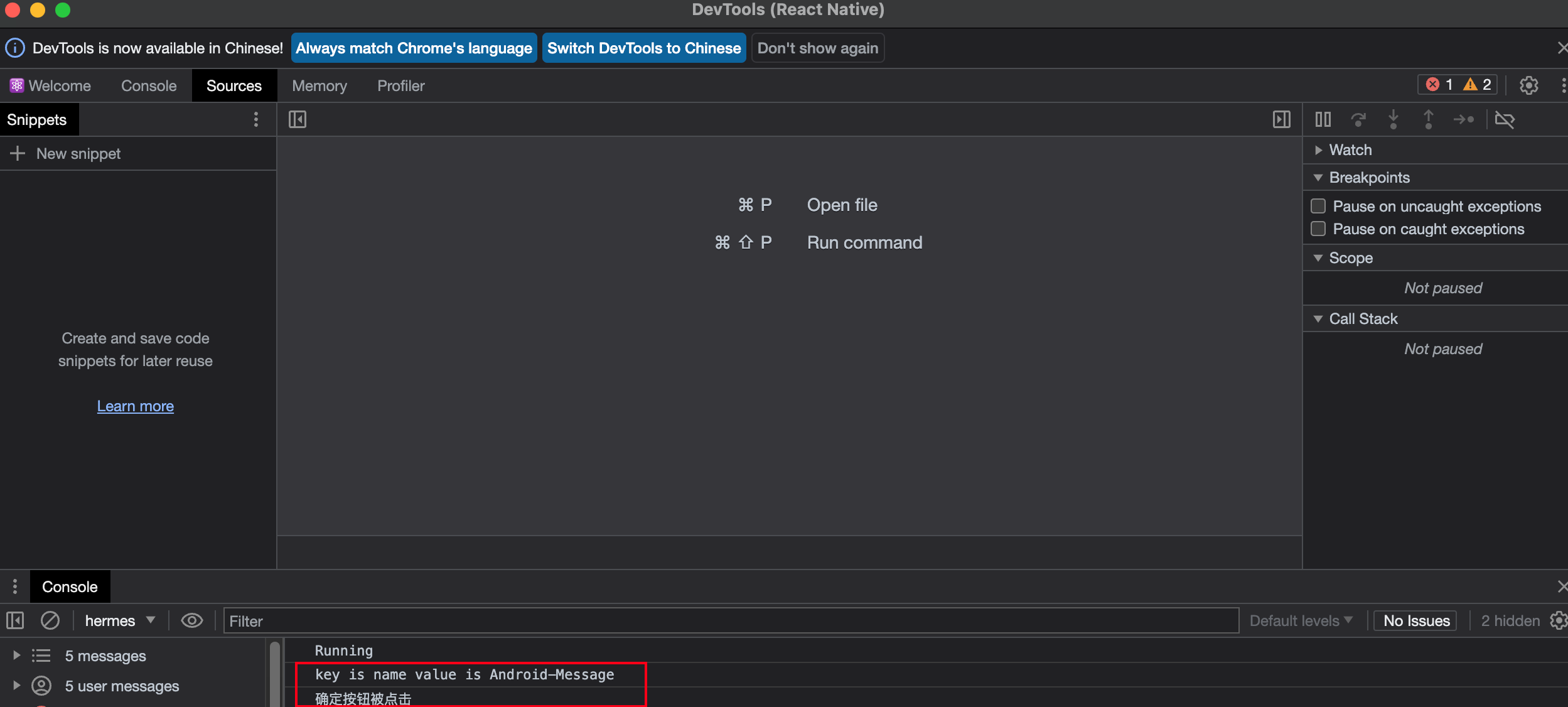
在这里可以看到打印的日志
最后效果如图所示:
点击这个say hello的button之后,会弹窗提示
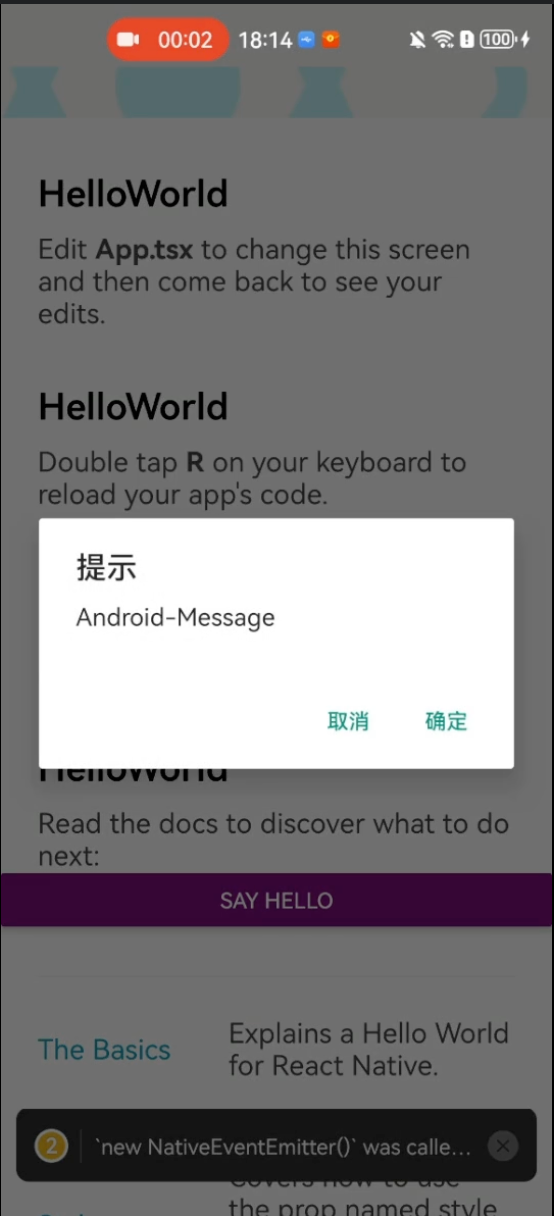
file_v3_00bt_1cf1a7b1-90d3-439d-a8ce-08ab5aa5d8ag.MP4
参考:
- 【笔记】React-Native跟Android交互--简单示例_react-native如何调用安卓-CSDN博客
- Android与RN的交互与通信_rn android event-CSDN博客

